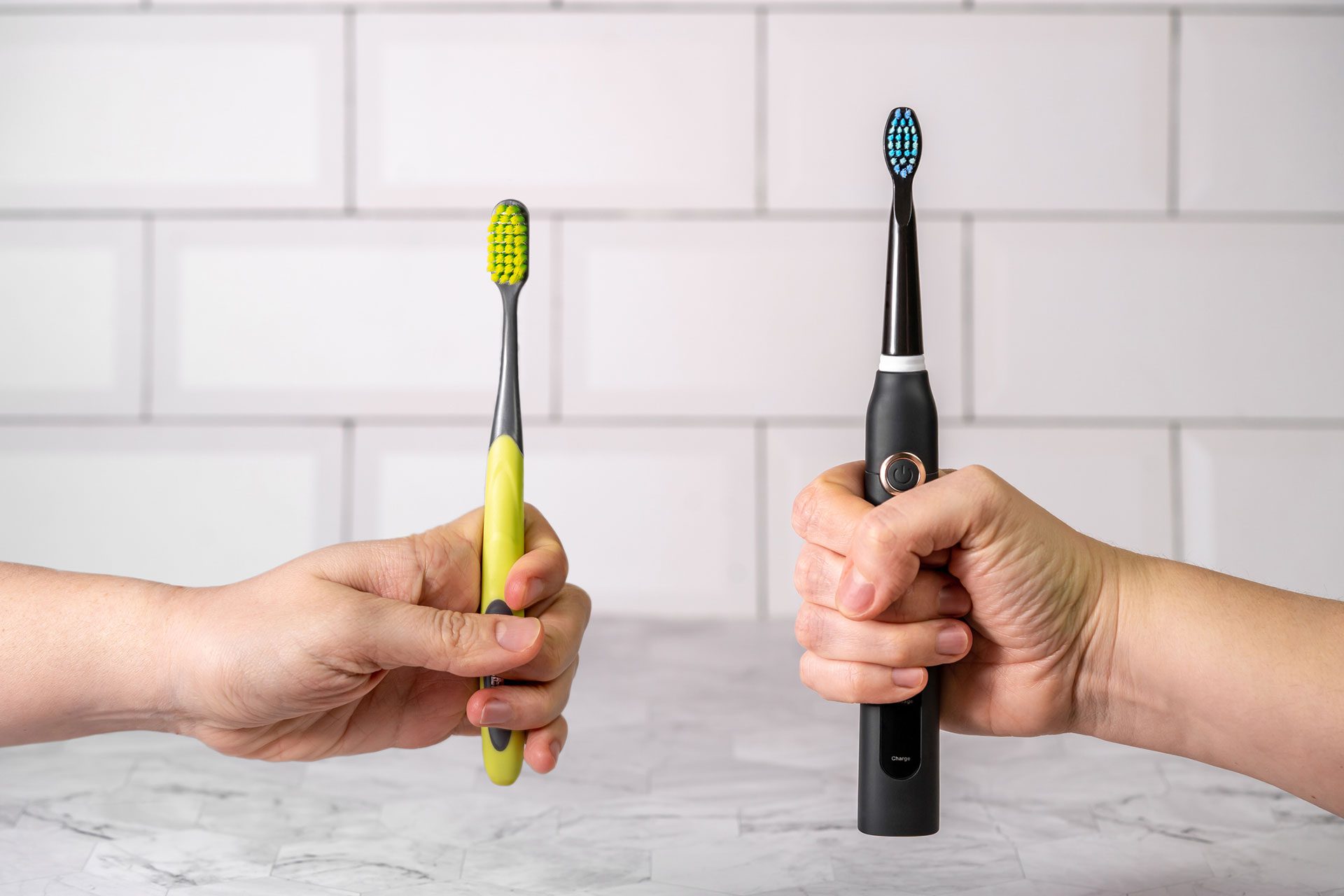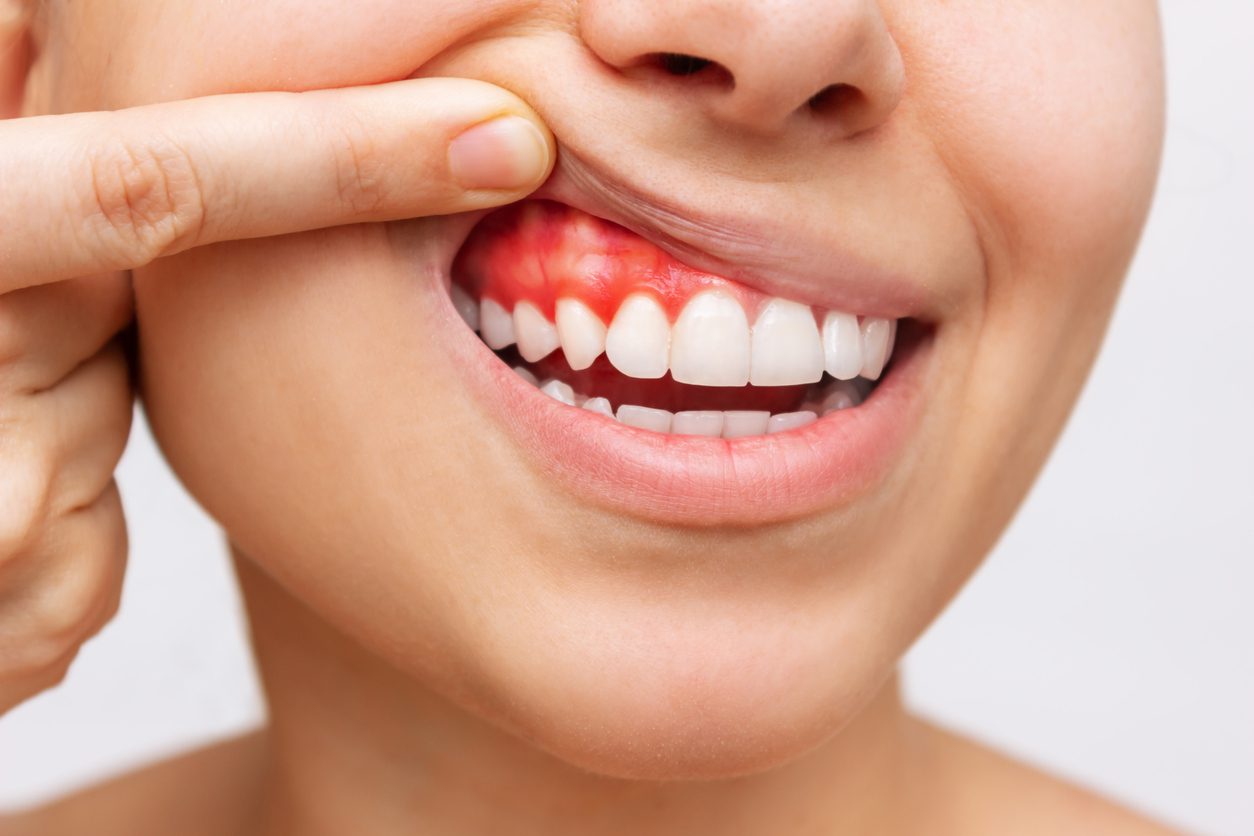Going to the dentist to get a tooth extraction is not all that uncommon—both children and adults can require the procedure. However, experiencing a dry socket is much less common, even though it typically occurs following extraction or wisdom tooth removal. Today, we discuss what it is, and how you can reduce the risk of experiencing a dry socket after a dental procedure.
What is dry socket?
Dry socket, also known as alveolar osteitis, is an uncomfortable dental condition that sometimes occurs after a tooth extraction or wisdom teeth removal.
When does it happen?
When you have your tooth extracted, you develop a blood clot over the removal site to protect the nerves and bone beneath the detached tooth. Typically, the clot forms and stays in place until your gums have healed and are back to normal.
A dry socket occurs when the blood clot at the site of the tooth extraction fails to develop. In some cases, the clot can become dislodged before the wound is healed. It’s important to prevent dry socket from happening as it can be very uncomfortable, and it can delay the healing of gums and your overall mouth.
How can you avoid it?
There are a few ways you can prevent dry socket. Here are some of them:
1. Don’t use straws after extraction
The suction in your mouth when you use a straw can dislodge your blood clot after an extraction. The best way to consume fluids is to drink straight from the glass or cup and avoid using straws, for about a week after your extraction.
2. Skip the smoke and tobacco
Smokers and tobacco users have higher risks of developing dry socket after an extraction. This is because the fast inhalation of smoking can easily dislodge or dissolve blood clot. Additionally, the chemicals in cigarette smoke and tobacco products can slow down the healing process, and may even cause an infection.
If you’re anticipating a tooth extraction, wisdom tooth removal, or any major dental surgery, you should start reducing or ideally completely cut your tobacco intake weeks before your appointment. If you’re having problems with quitting, try switching to a nicotine patch.
3. Consume soft foods
Post-surgery is a crucial time for your gums to heal. That’s why it’s important to go on a soft diet right after your surgery. And then you can slowly change your diet to heartier foods over the following few days.
4. Consult your dentist on medication interactions
There are specific medications that may negatively influence the formation of blood clots. It’s best to ask your dentist whether the medications you’re taking are safe to take after a major dental procedure.
5. Avoid strenuous work
It’s highly advisable to stray from heavy forms of work such as weight lifting or high-intensity physical exercises. These types of activity can cause tension in the surgery site, and re-open the wound.
6. Practise good oral hygiene
You can also prevent dry socket by simply practicing proper oral hygiene. This will help reduce germs and prevent infections that can break down and dissolve the blood clot. Discuss with your dentist how to brush your teeth following surgery, as it may be difficult to do it the way you are used to. Dentists may also prescribe an antibacterial mouthwash to use after your dental surgery.
7. Always follow the advice of your dentist!
No one wants to experience discomfort brought on by a dry socket. That’s why you should always follow the recommendations of your dentist before and after surgery.
Treat dry socket with Naenae Dental Clinic!
If you feel intense pain after oral surgery, it’s best to visit your resident dentist immediately. At Naenae Dental Clinic, we cater to patients seven days a week. For more details, contact us today!





